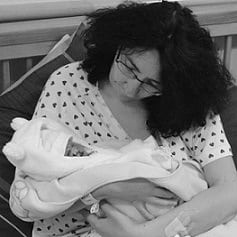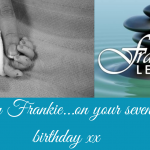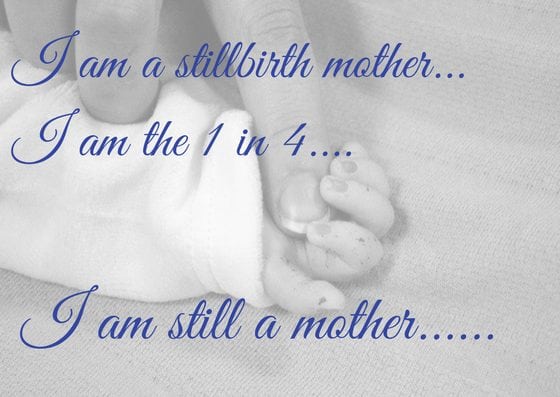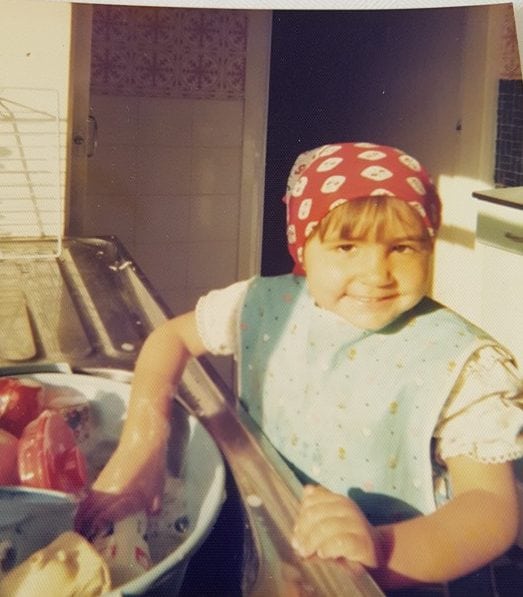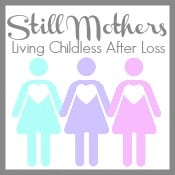CONTENT COURTESY OF THE CLEFT LIP AND PALATE ASSOCIATION (CLAPA)
www.clapa.com
Cleft means ‘split’ or ‘separation’. During early pregnancy separate areas of the face develop individually and then join together. If some parts do not join properly the result is a cleft, the type and severity of which can vary. The condition affects approximately 1 in every seven hundred babies born in the UK and is the most common congenital craniofacial anomaly.
Cleft Lip
A cleft lip is a condition that creates an opening in the upper lip between the mouth and nose. It looks as though there is a split in the lip. It can range from a slight notch in the coloured portion of the lip to complete separation in one or both sides of the lip extending up and into the nose. A cleft on one side is called a unilateral cleft. If a cleft occurs on both sides it is called a bilateral cleft.
A cleft in the gum may occur in association with a cleft lip. This may range from a small notch in the gum to a complete division of the gum into separate parts.
Cleft Palate
A cleft palate occurs when the roof of the mouth has not joined completely. The back of the palate (towards the throat) is called the soft palate and the front (towards the mouth) is known as the hard palate. If you feel the inside of your mouth with your tonge, you will be able to notice the difference between the soft and the hard palate. A cleft palate can range from just an opening at the back of the soft palate to a nearly complete separation of the roof of the mouth (soft and hard palate).
Sometimes a baby with a cleft palate may have a small lower jaw (or mandible) and a few babies with this combination may have difficulties with breathing easily.This condition may be called Pierre Robin Sequence.
How does it happen?
The cause of this failure of the face to fuse is not known. Whilst we know what happens, we do not know why. It may occur as a “one off” within a family or it may be the result of a number of genetic and environmental factors which occur together in a way that could not have been predicted, or prevented, in advance.
Diagrams of Cleft Lip & Palate


